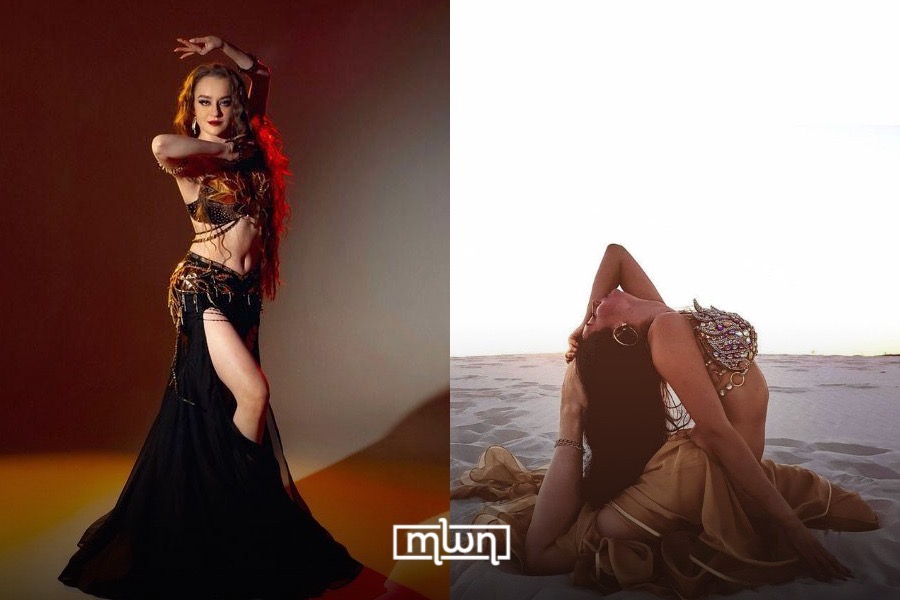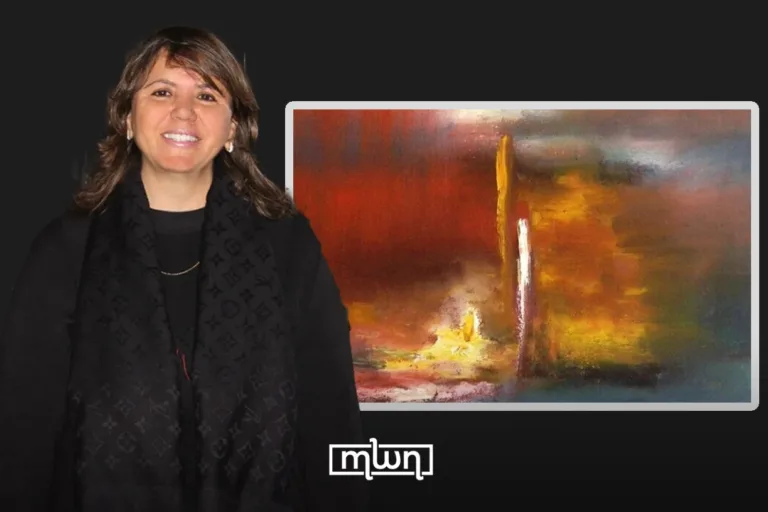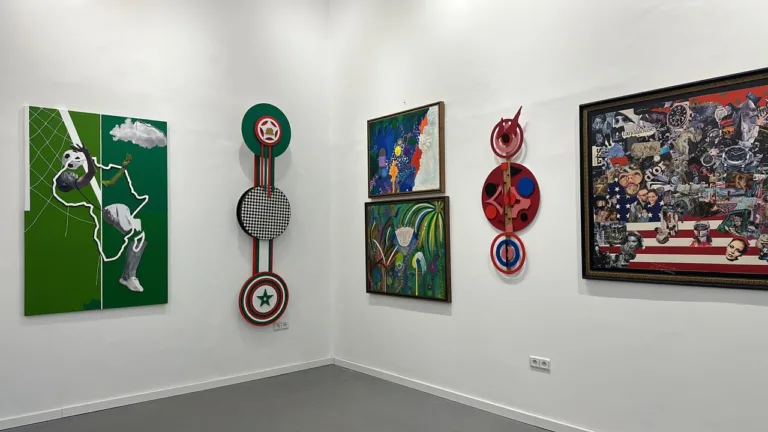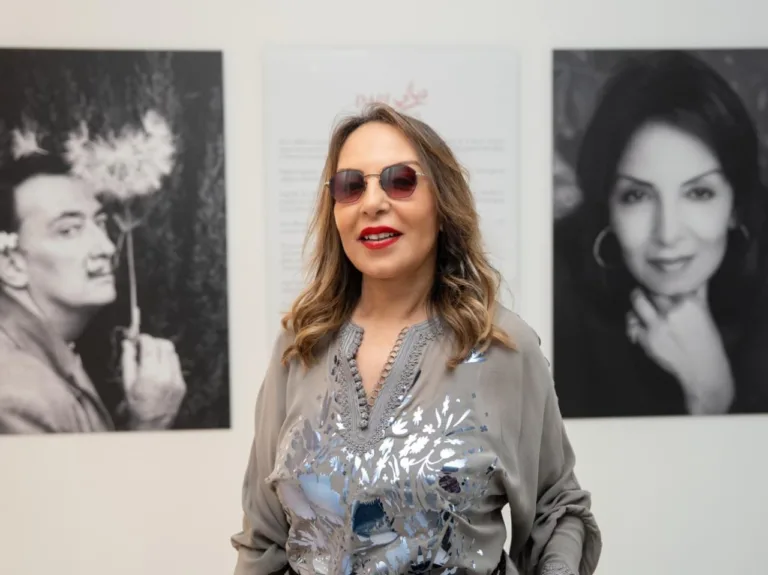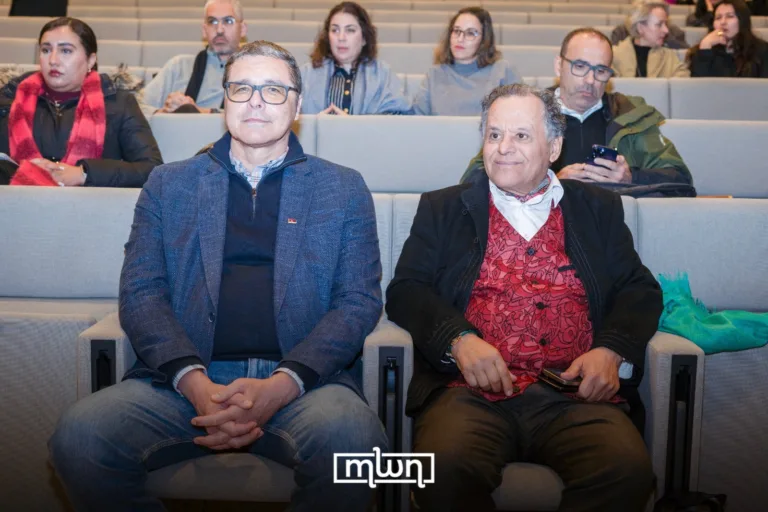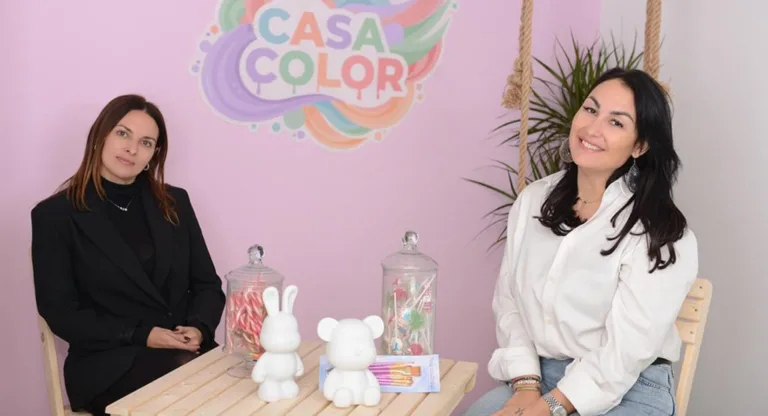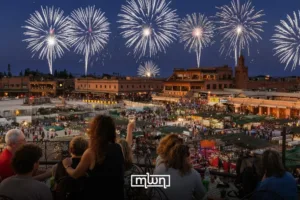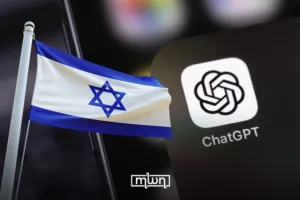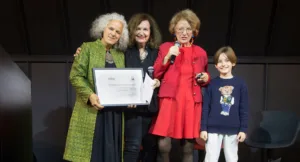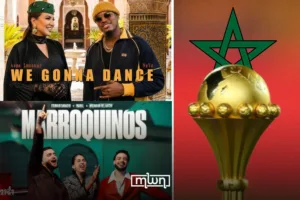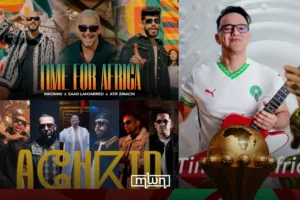It starts with a shimmy, a sway, and a beat that tugs at something deep inside you.
Marrakech – Oriental dance — often labeled as belly dancing in the West — is more than just glittering costumes and undulating hips.
It’s an unapologetic celebration of feminine energy, one that has been misunderstood, appropriated, and occasionally dismissed.
But beneath the jingling coin belts lies a profound connection to self-expression, power, and joy.
If you’ve ever felt disconnected from your body or stuck in a rut of monotony, allow me to introduce you to the art of oriental dance.
Think of it as therapy with sequins — less sitting on a couch, more moving your hips to the rhythm of a drum.
In a world where feminine energy often gets boxed into “too much” or “not enough,” oriental dance rebels.
It’s not about achieving the rigidity of ballet or the sharp angles of hip-hop.
It’s about flow — an embrace of curves, softness, and power.
Historically, oriental dance has roots in ancient rituals celebrating fertility and womanhood, but over time, its narrative has shifted.
In some circles, it became a male-dominated spectacle rather than a sacred art.
But in recent years, women across the globe are reclaiming the dance for what it is: a reminder that the feminine is not fragile — it’s fierce.
First, let’s address the elephant — or rather, the camel — on the dance floor.
No, oriental dance is not a performance for someone else’s gaze.
Sure, there’s undeniable sensuality in the movements, but this isn’t about seduction.
It’s about reconnecting with a part of ourselves we often forget exists.
And while you’re at it, toss out the idea that you need a “dancer’s body” to move this way.
Oriental dance celebrates every curve, every roll, every muscle.
Whether you’re in a crop top or an oversized sweatshirt, the only thing that matters is how the movements feel — not how they look.
So, what exactly is feminine energy? It’s that force within all of us — regardless of gender — that thrives on intuition, creativity, and connection.
It’s less about structure, more about flow. And oriental dance? It’s a masterclass in embodying that energy.
When you roll your hips in a figure-eight or sway your arms like water, you’re not just dancing.
You’re meditating. You’re healing. You’re reminding yourself that life doesn’t have to be rigid; it can move with grace and ease.
From studios in Casablanca to online classes beamed across continents, oriental dance is experiencing a renaissance.
Women (and men!) are rediscovering its allure, not as a relic of the past, but as a tool for the present.
And let’s not forget the fashion. Who among us doesn’t want to channel Shakira in a dazzling hip scarf or twirl in flowing chiffon?
It’s like the ultimate permission slip to sparkle — inside and out.
Here’s the real magic: oriental dance doesn’t just teach us how to move.
It teaches us how to feel. In a world that often asks women to shrink, this art form invites us to expand — to take up space, to be unapologetically ourselves, and to shake off the shame we’ve been handed.
So, whether you’re a seasoned performer or someone who’s never dared to move their hips to a drumbeat, give it a try.
Turn on some music, close the curtains if you must, and let your body lead.
You might just find that the feminine energy you’ve been chasing has been within you all along — waiting for the rhythm to set it free.
Now, excuse me while I dust off my hip scarf. The dance floor — and life — is calling.

